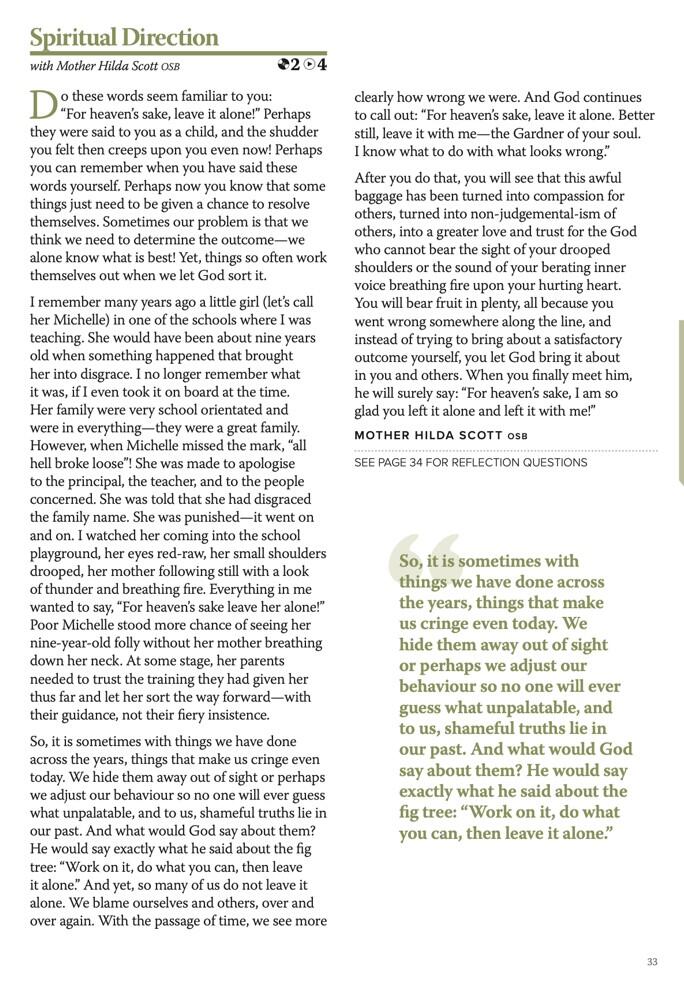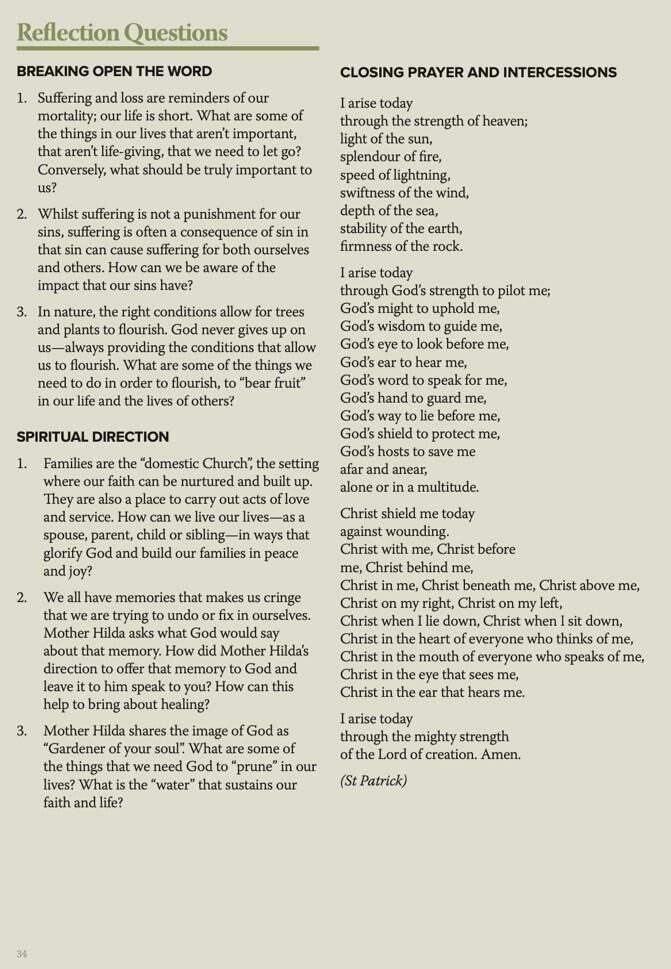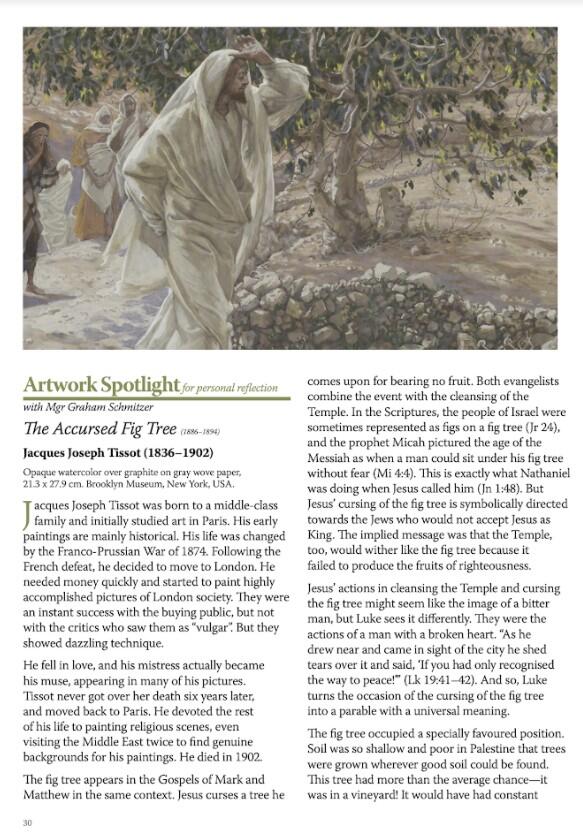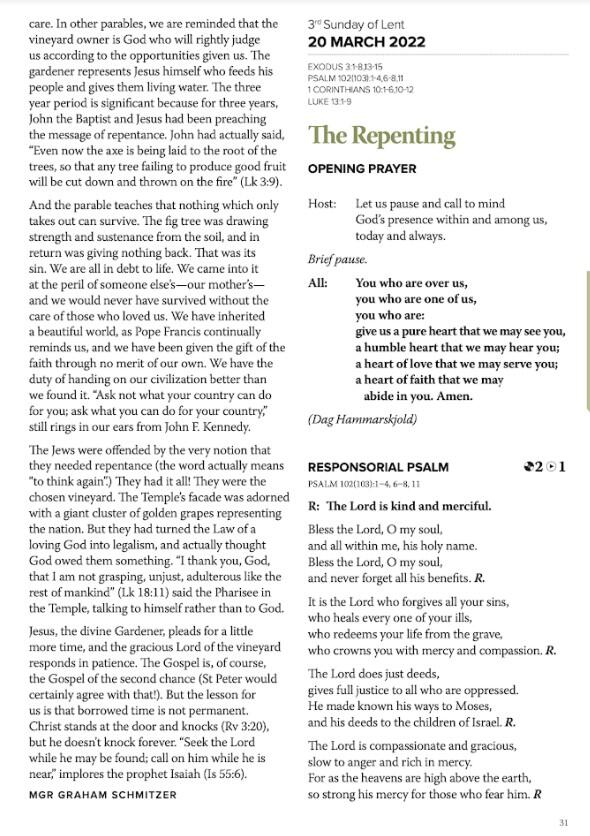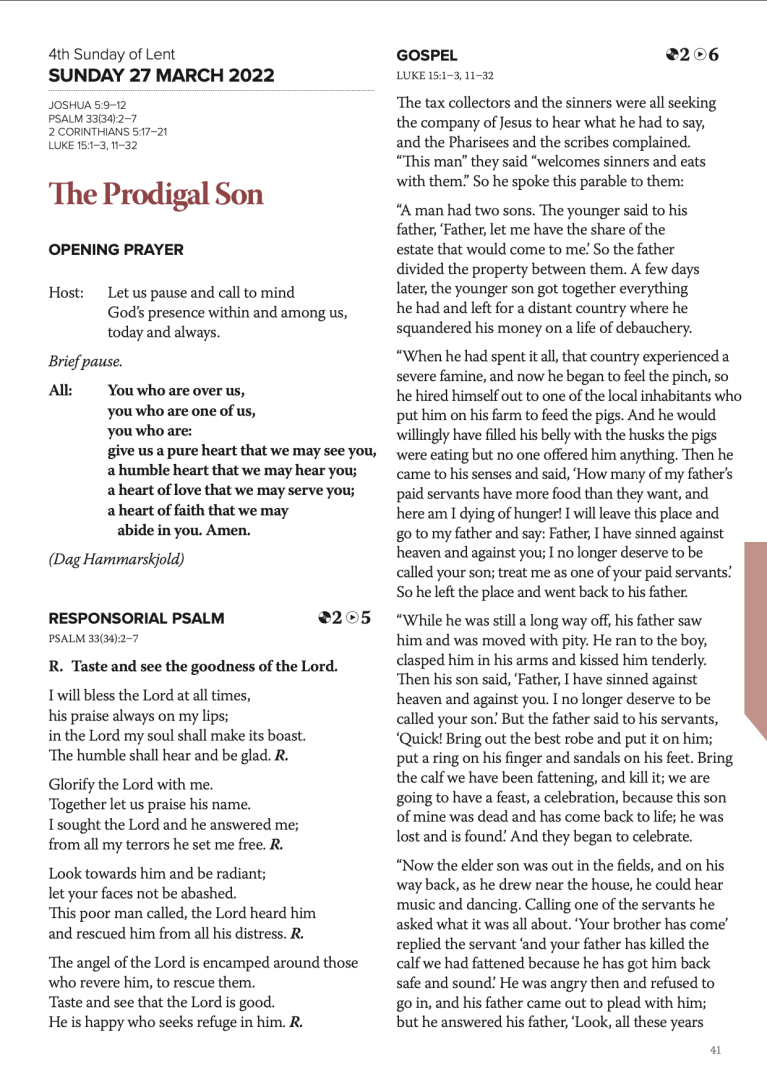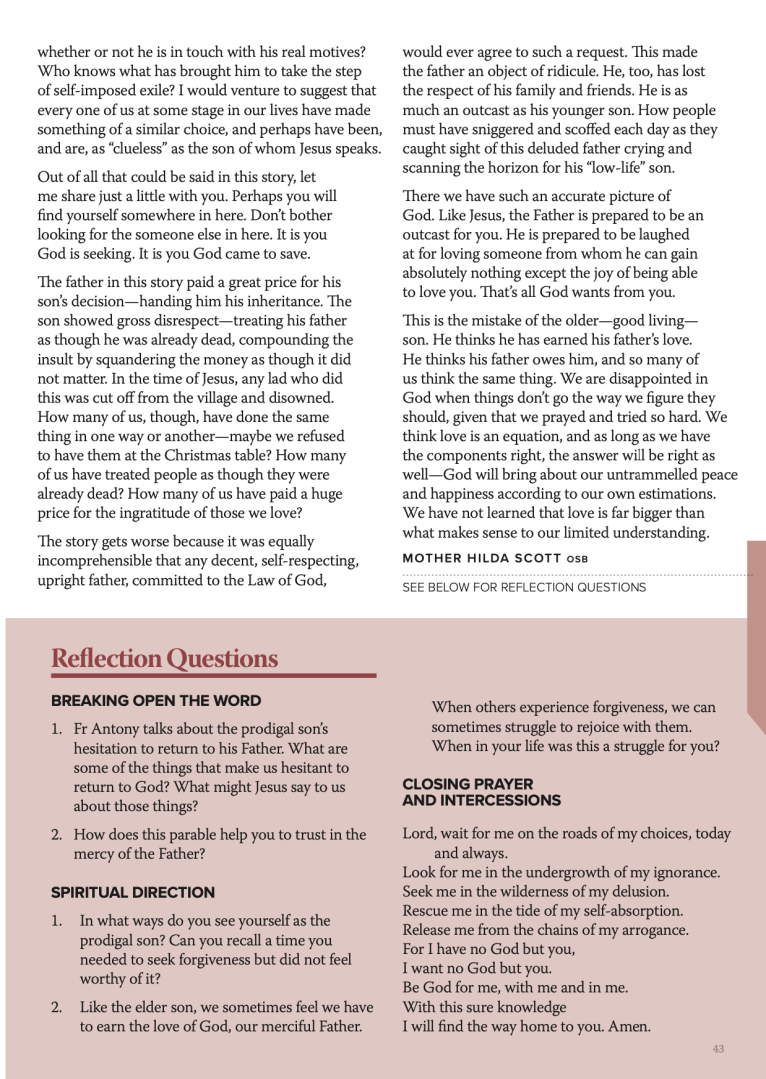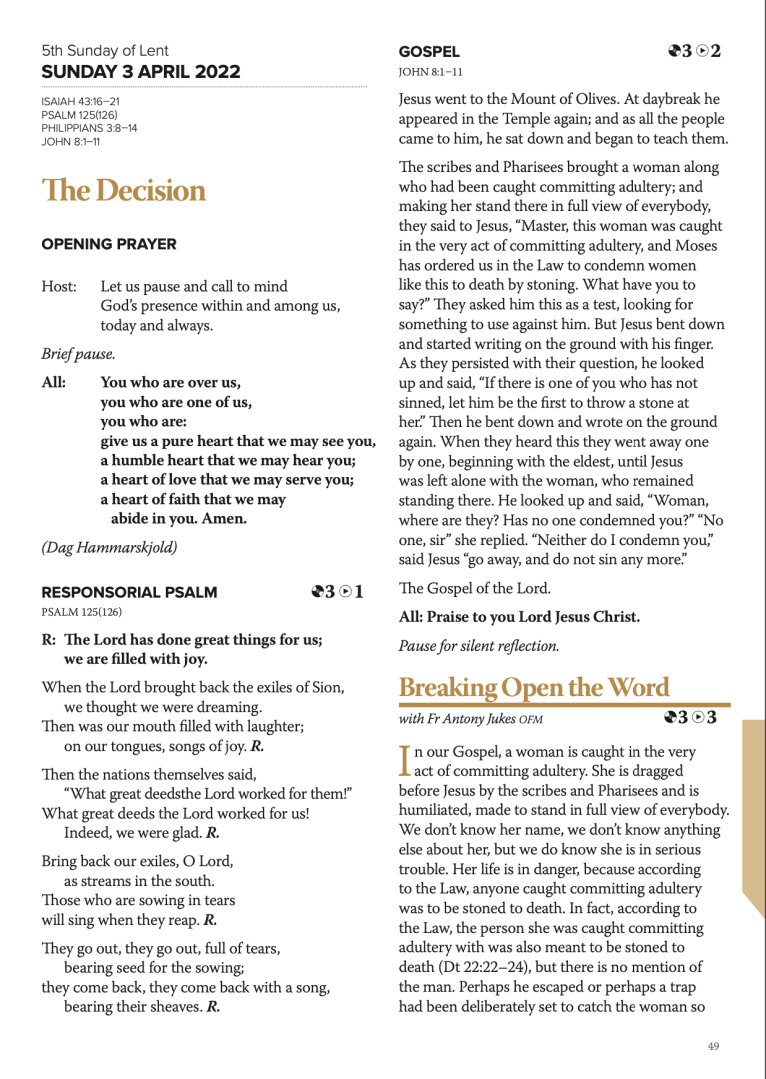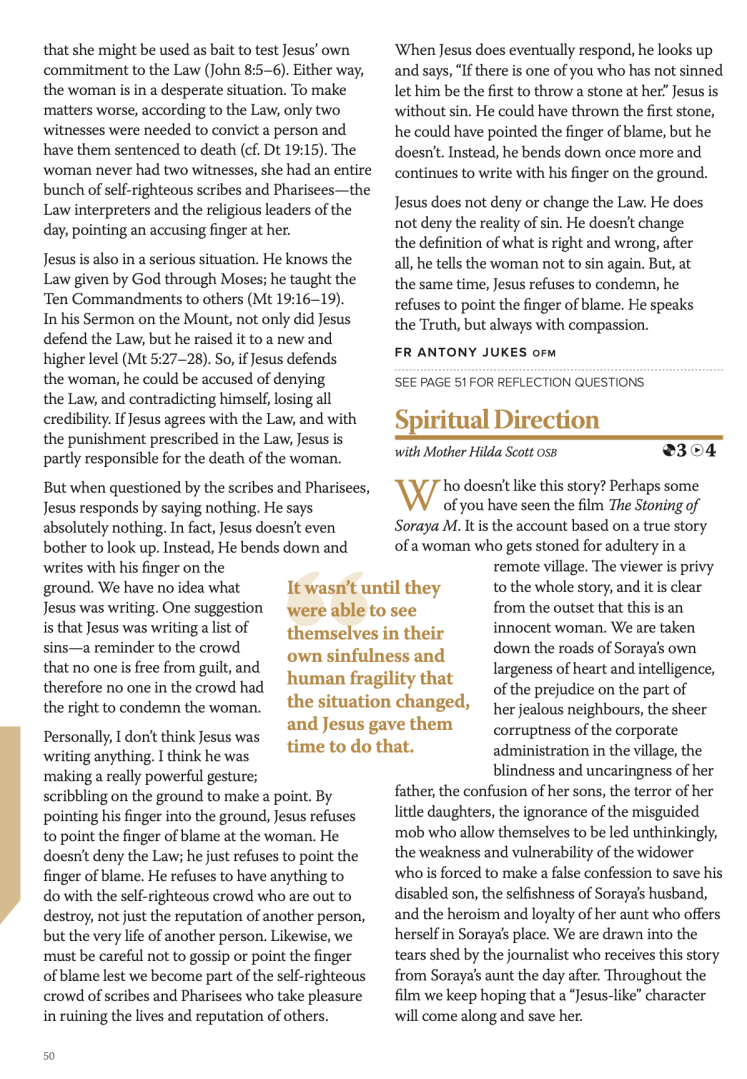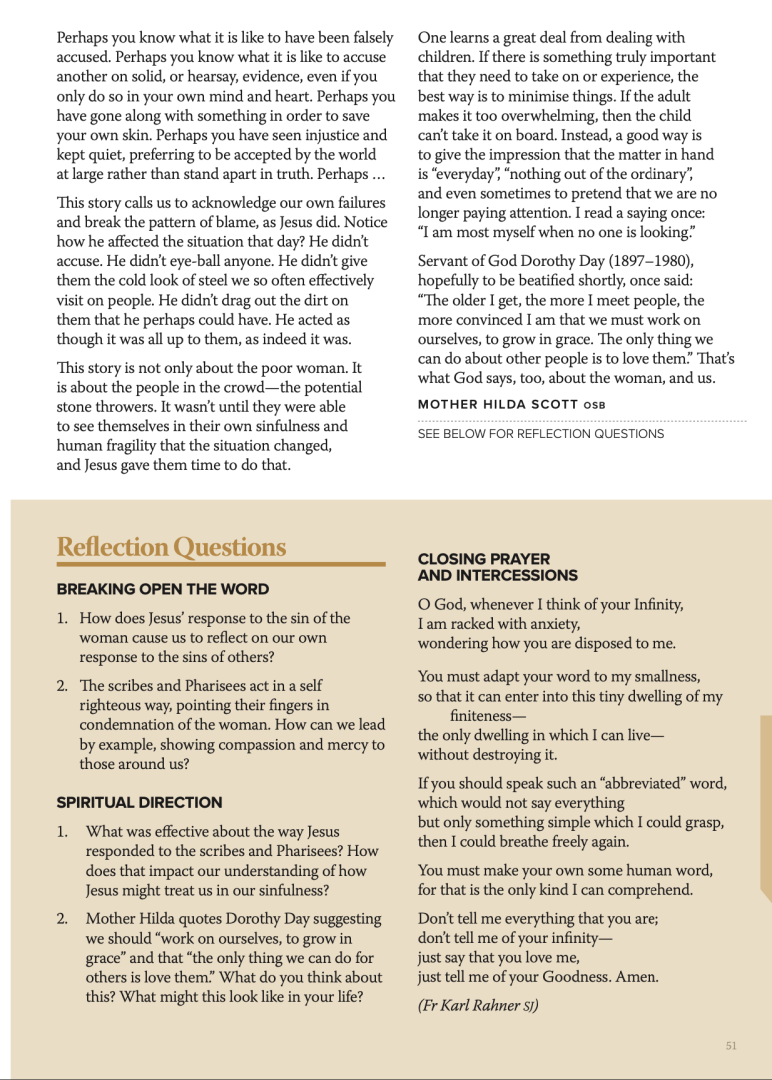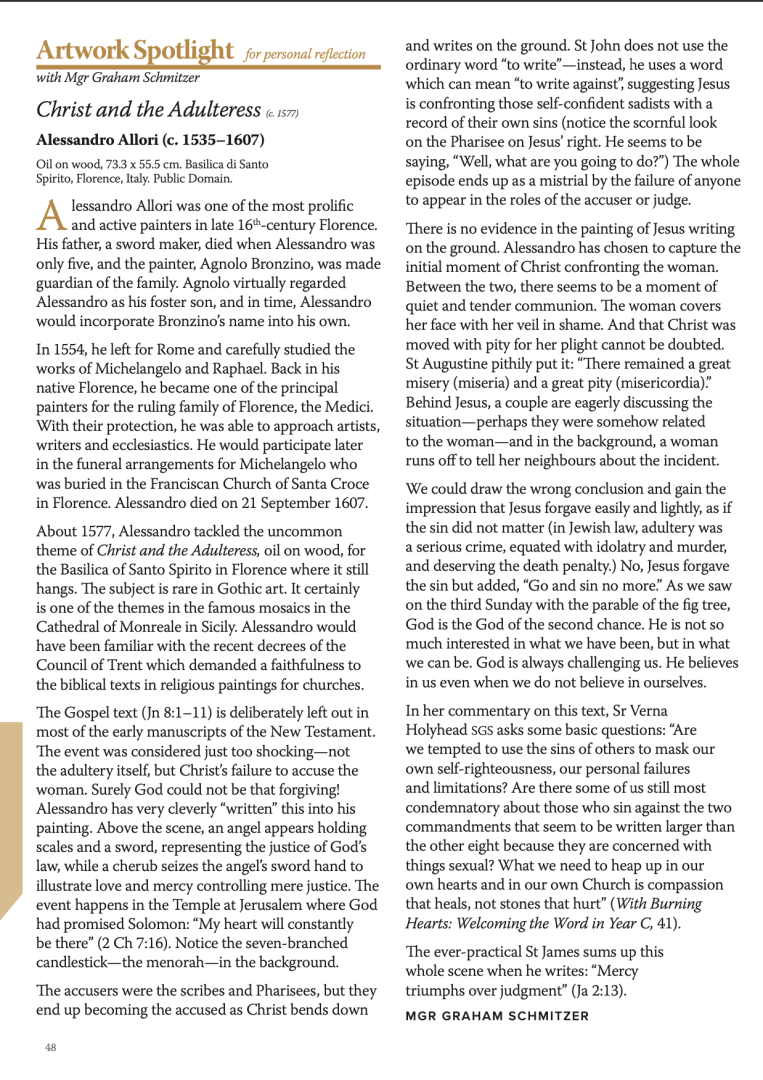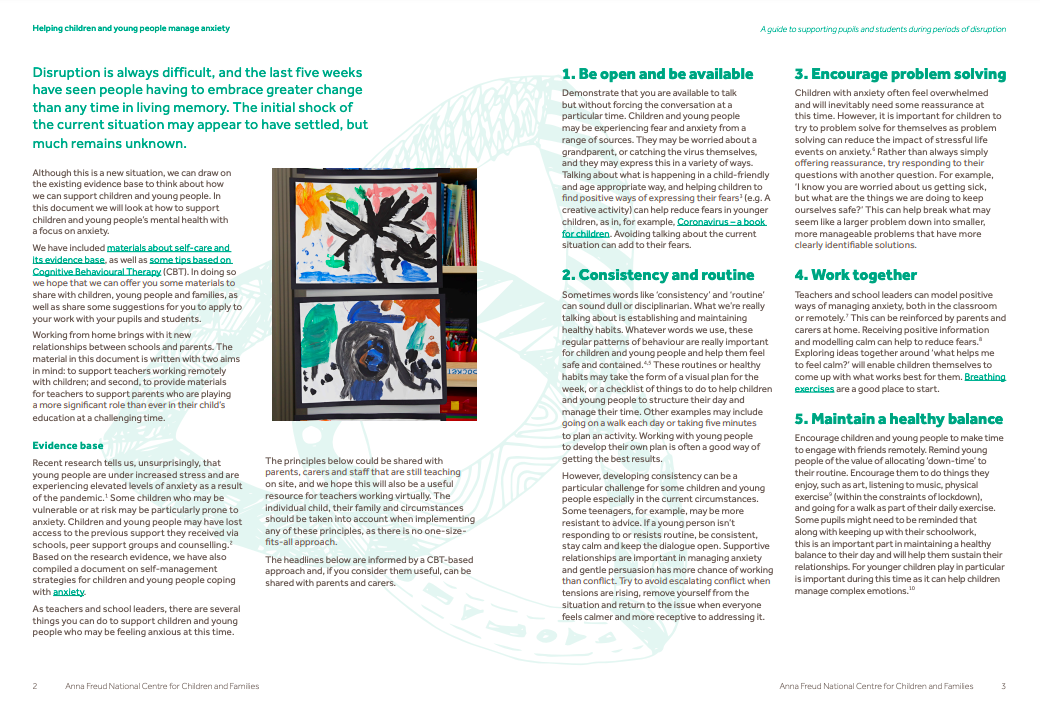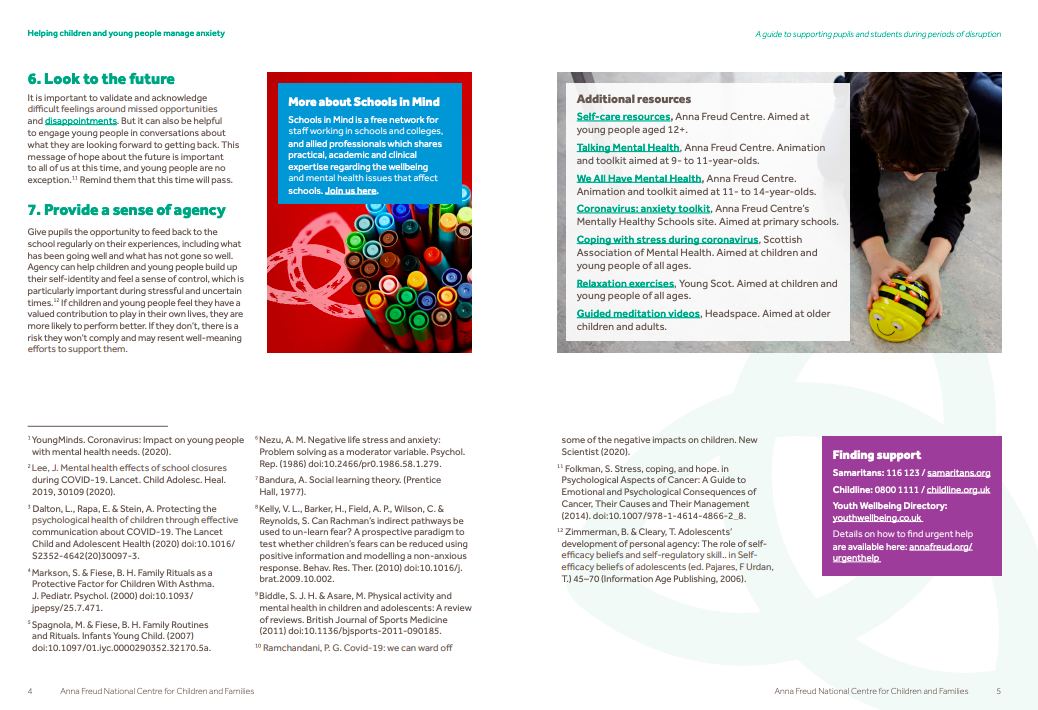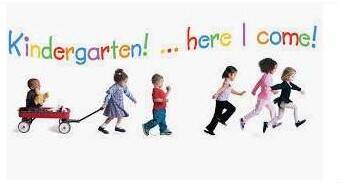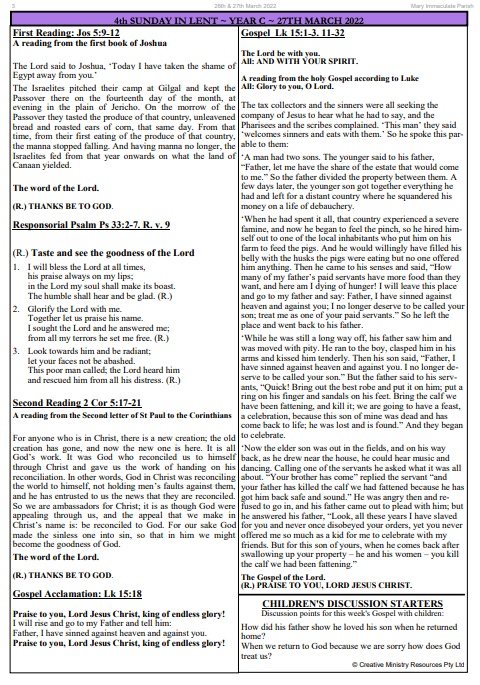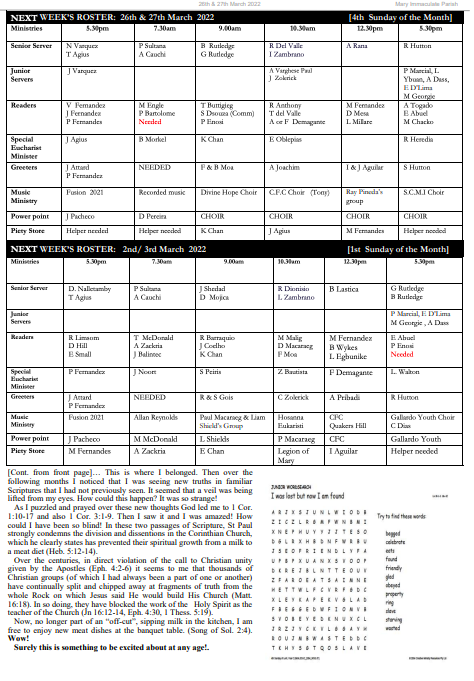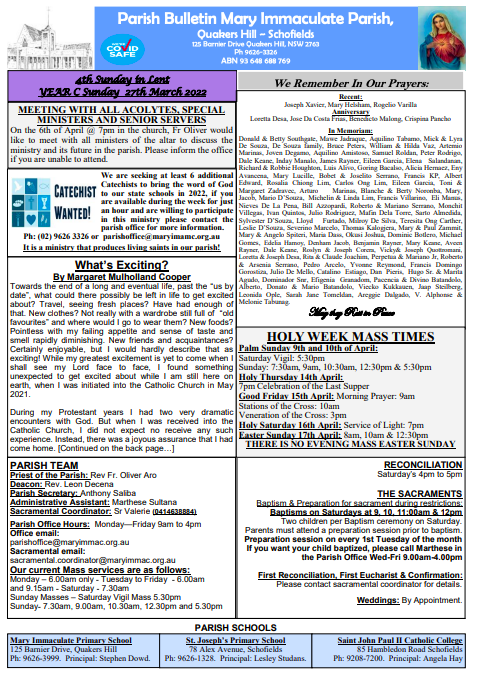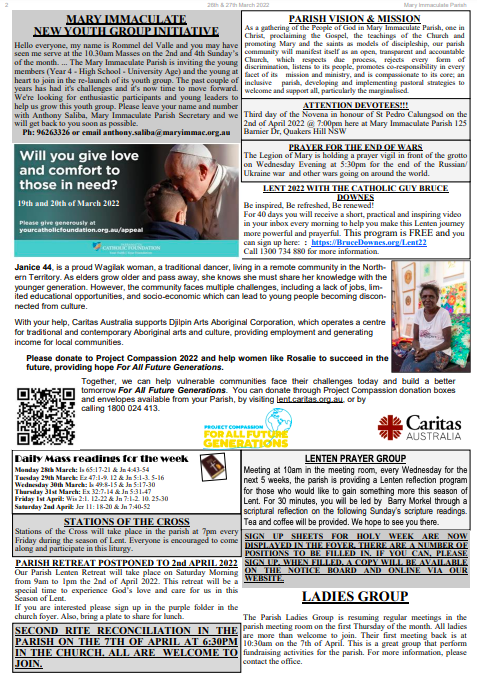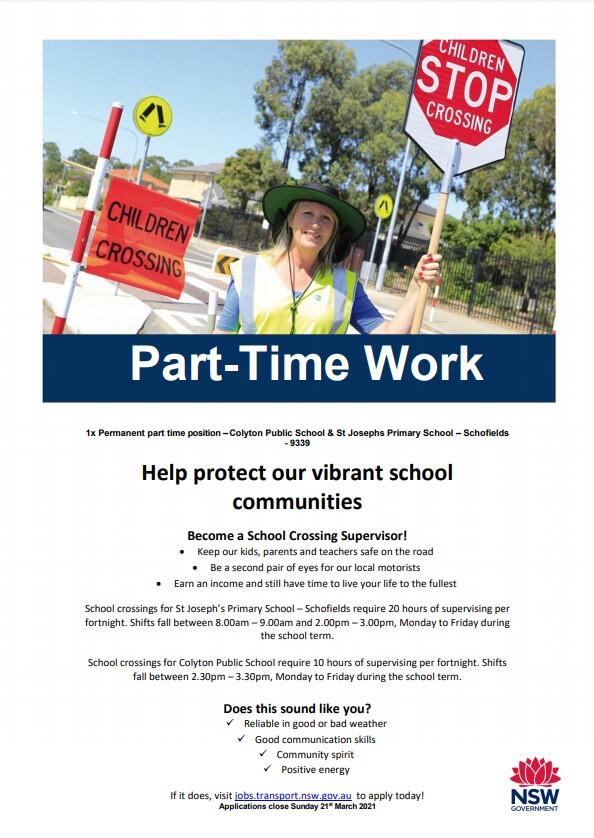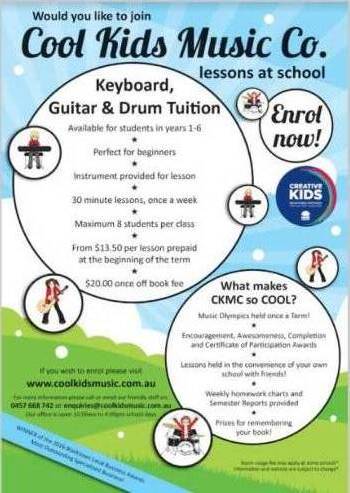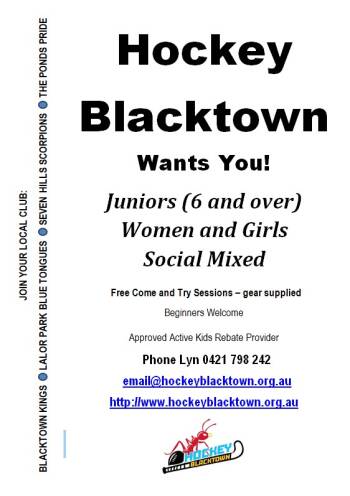Well done to all students who entered the CEDP colouring competition. All our entrants have received a wonderful prize pack from Mrs Lincoln and CEDP for their efforts.
Congratulations to our school finalists Mishka K (3B) and Nathalie A (4G). Winners will be announced in the following weeks. Good luck to our MIPS finalists!
Safety Matters!
1. By law, all children under the age of 7 must use a booster seat. A booster seat allows children to sit taller in the seat so that the adult seatbelt doesn’t rest across their neck which is very dangerous in a crash.
2. Did you know that for maximum protection, your child’s seatbelt must sit on their collarbone and across their hip bones? If your child is constantly slipping their seatbelt under their arm so that it rests against their ribs, then they may still need a booster seat. We need to keep the seatbelt away from the rib cage as it is not strong enough to withstand the forces generated in a crash.
3. The front seats of cars are potentially dangerous places for children. Airbags deploy at 300km/hr and they are designed to hit an adult at chest height. For any child under the height of 150cm it will hit around head height. Australia growth charts show that less than half of children reach 150cm by the age of 12, so delay your child’s move into the front seat for as long as possible.
4. For a bike helmet to do its job, it must stay on your child’s head in a crash and the best way to do this is to adjust the straps to ensure there is no more than a two finger space above the eyebrows and between the chin and strap. Remember to remove their hats and for girls avoid wearing high pony tails to ensure the helmet stays in place.
5. Never slash or cut the inside foam of a bike helmet as this is the part that absorbs all the force that would be transferred to the head in a crash. If your child has a crash and their helmet hits the ground, you will need to replace the helmet even if it still looks okay. This is because the all-important inner foam has been compressed and it is now too hard to absorb the force of another crash.
6. Make sure your child’s bike is the right size bike so they can always be in control – are the balls of the feet able to reach the ground when they are seated on the bike? If not, you will need to lower the seat. Make sure that the brakes, gears and bell are in easy reach when riding.




